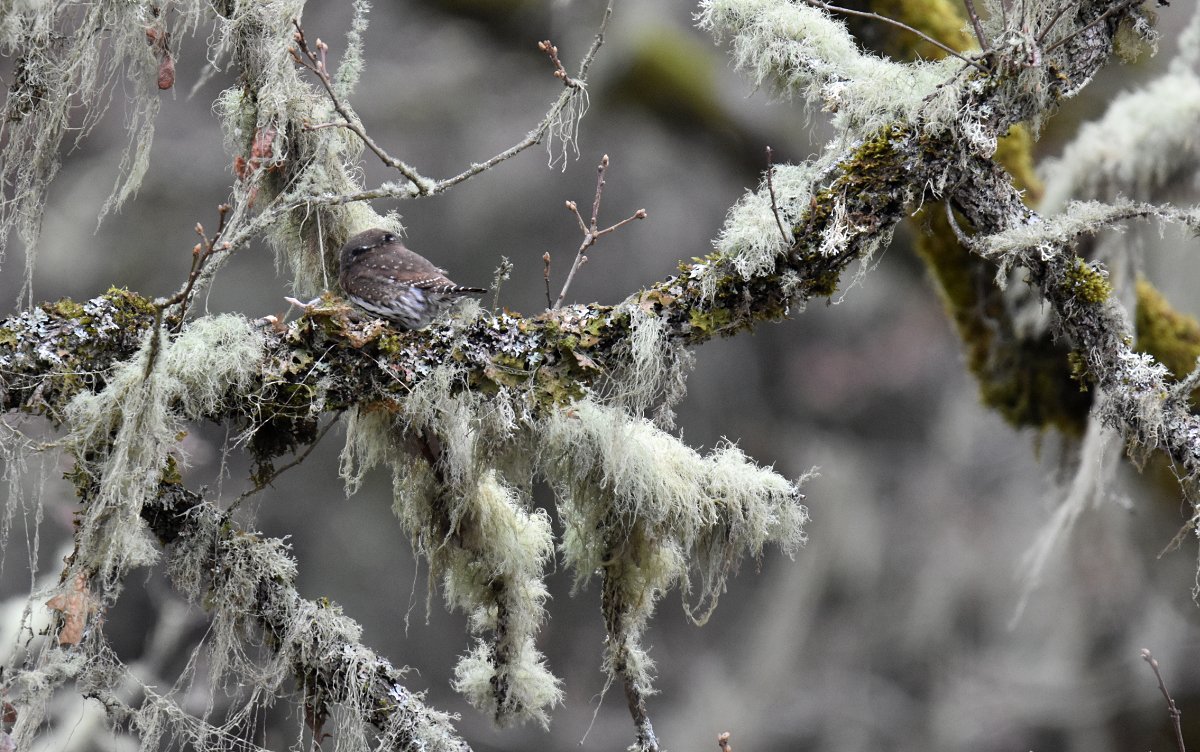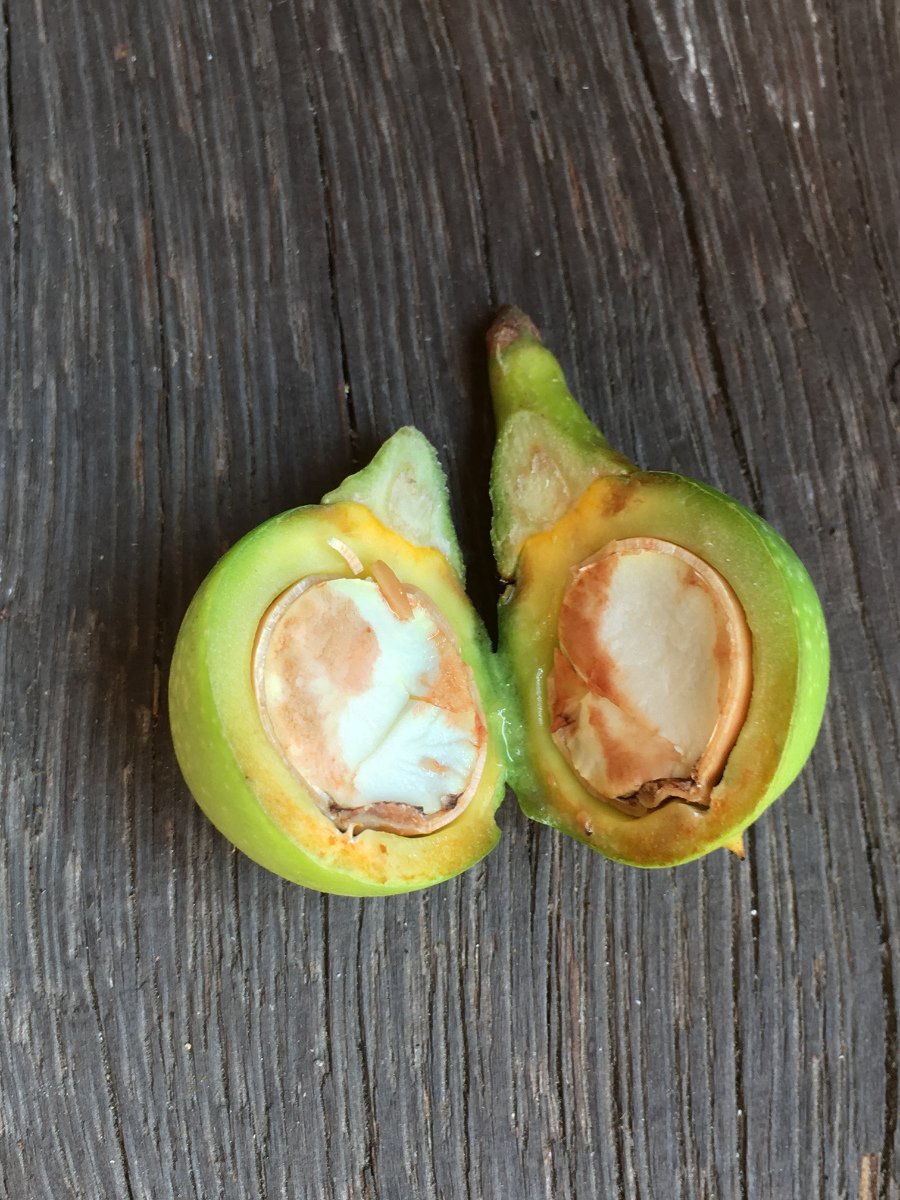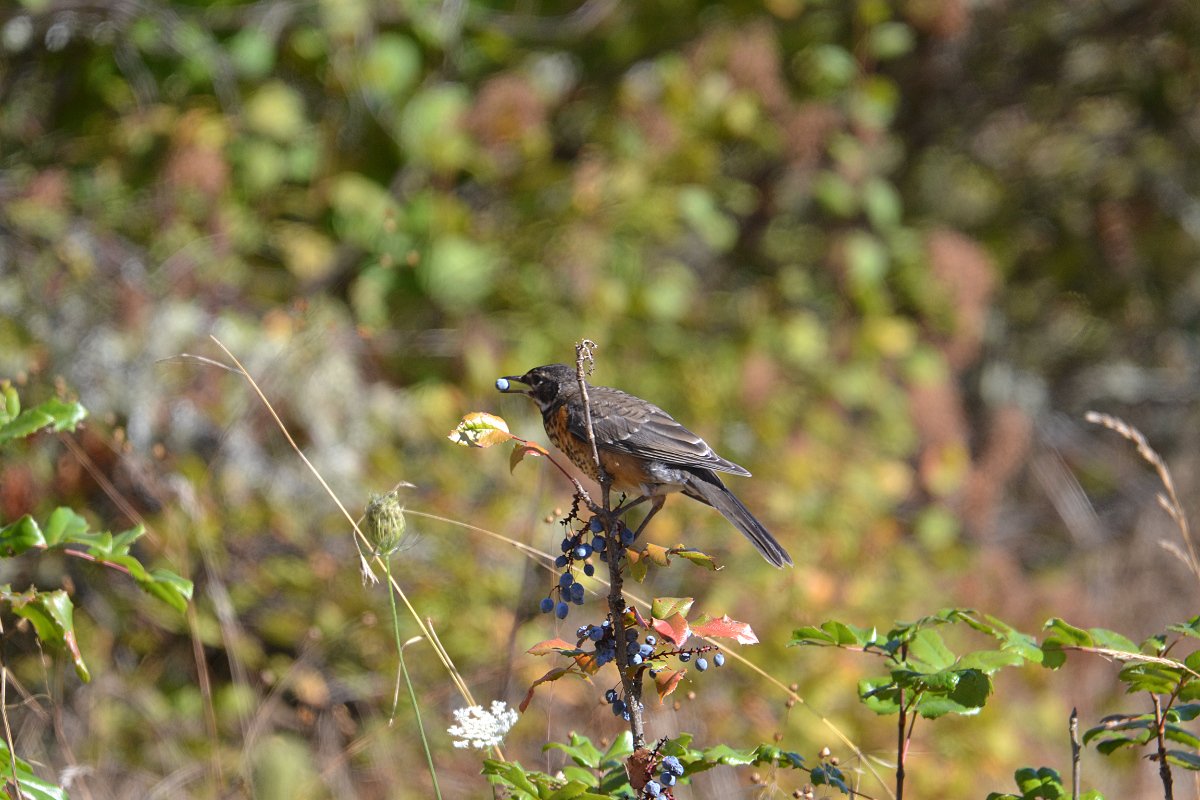I have been seeing the male Anna’s hummingbird performing his courtship out at the arboretum and in my backyard.
The display begins as the male rises up into the sky above the perched female. Then he dives down, swoops past, and rises above her. When he completes the arc, he will hover, face her, and sing a squeaky song. At the bottom of the dive, he makes a high-pitched chirp which is made by air whipping through his tail feathers. Look closely, and you can see him whizzing by towards the middle of the video.
If the female is receptive to all of the male’s courting, she will lead him toward the nest site, where she will perch. The male will then hold his body horizontally and fly back in forth in short tight arcs above the female. I have not seen this second phase of the courtship, and I am imagining that will mate at this time.
Males and females don’t form pairs. The Birder’s Handbook has its mating system labeled Promiscuity. This is defined as males and females mating more or less indiscriminately. With Anna’s hummingbirds, only the females care for the young. The Anna’s hummingbird nests that I have seen being built were created by the female.
It is interesting that all of this is taking place in the middle of January. I am not sure if they will try to nest this early, and I haven’t seen any nests being constructed. Perhaps the male is setting up his territory and trying to attract females for the future. That said, Anna’s hummingbirds are some of the first nests that I find in spring. I’ll keep you informed if I come across more about when they start to nest in our area.





























































































